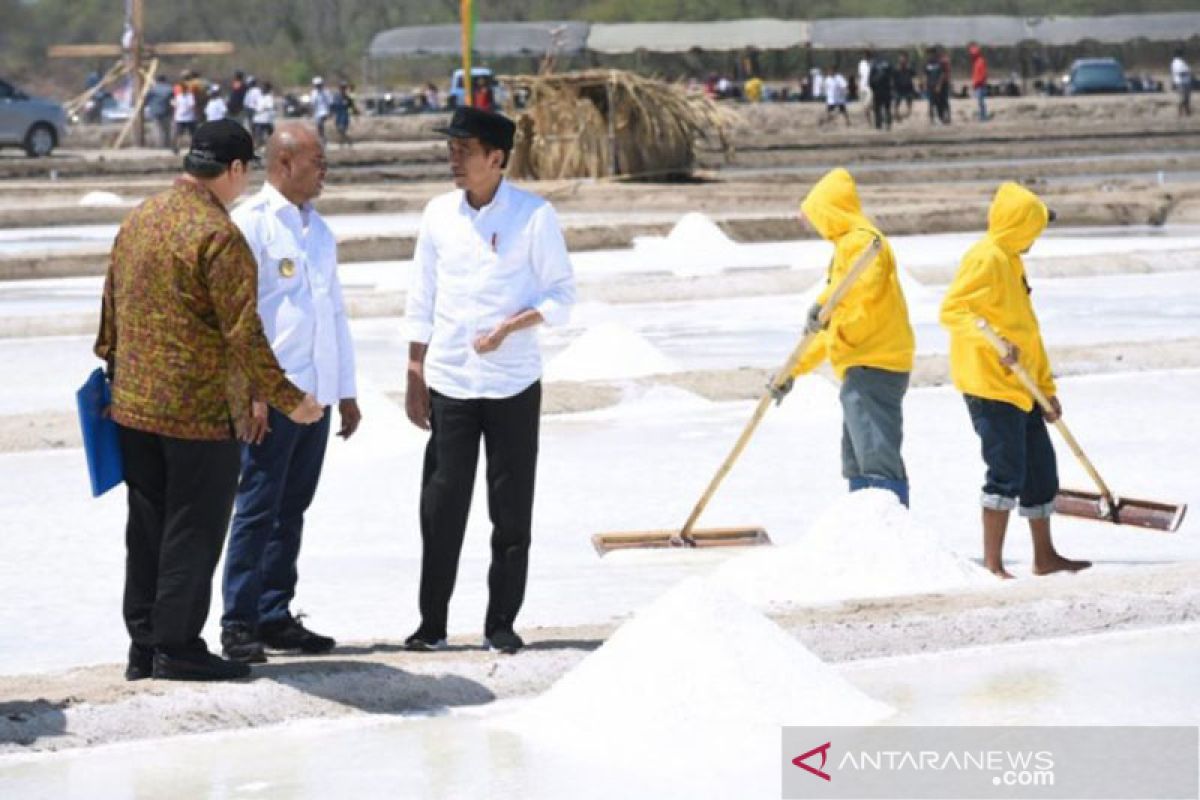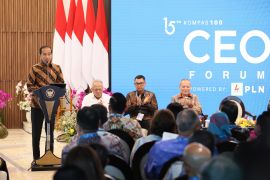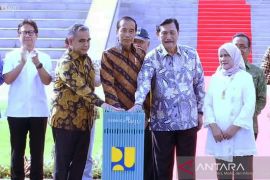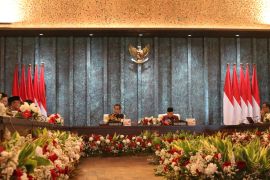Jakarta (ANTARA) - President Joko Widodo (Jokowi) will leave no stone unturned in ensuring that domestic salt production can cater to the demand, thereby making imports redundant.
"I am here to ascertain that the program concerning salt production has been initiated. We are aware of having imported 3.7 million (metric) tons of salt, while domestic production has only reached 1.1 million tons. (The gap) is still too wide," Jokowi noted in a statement.
Jokowi had paid a visit to a salt pond in Nunkurus Village of East Kupang Sub-district, East Nusa Tenggara, on Wednesday.
East Nusa Tenggara has salt production potential, with its area reaching 21 thousand hectares for salt ponds.
In Kupang, at least seven thousand hectares of land can be developed as salt ponds.
The salt pond that the president visited spans an area of 10 hectares of its potential area of 600 hectares.
"Next year, we will complete the development of 600 hectares of salt ponds that will also involve small farmers. These farmers can have their shares, so they can lead a better life," he added.
During the visit, the president had the opportunity to draw comparisons between the salt produced in Nunkurus Village and those from other regions.
Jokowi noted that the salt produced in the village was of a better quality as compared to the other regions.
"I have compared it with the salt from Madura, Surabaya, and also Australia. The quality of salt here is better. It can be used in industry, and with further processing, it can be turned into salt for consumption," the president stated.
During the visit, the president was accompanied by Industry Minister Airlangga Hartarto, Transportation Minister Budi Karya Sumadi, and NTT Governor Viktor Laiskodat.
Related news: Ministry of Industry encourages production of salt
Related news: Indonesia must learn from India on how to manage salt commodities
Related news: Salt becomes flagship commodity of Kupang District: Regent
Jokowi to Nunkurus, ascertain salt supply
Kamis, 22 Agustus 2019 11:04 WIB

President Joko Widodo observes salt harvest in Nonkurus, East Kupang Sub-district, Kupang, East Nusa Tenggara, on Wednesday (August 21, 2019). (ANTARA/Presidential Secretariat)
I am here to ascertain that the program concerning salt production has been initiated. We are aware of having imported 3.7 million (metric) tons of salt, while domestic production has only reached 1.1 million tons. (The gap) is still too wide,









